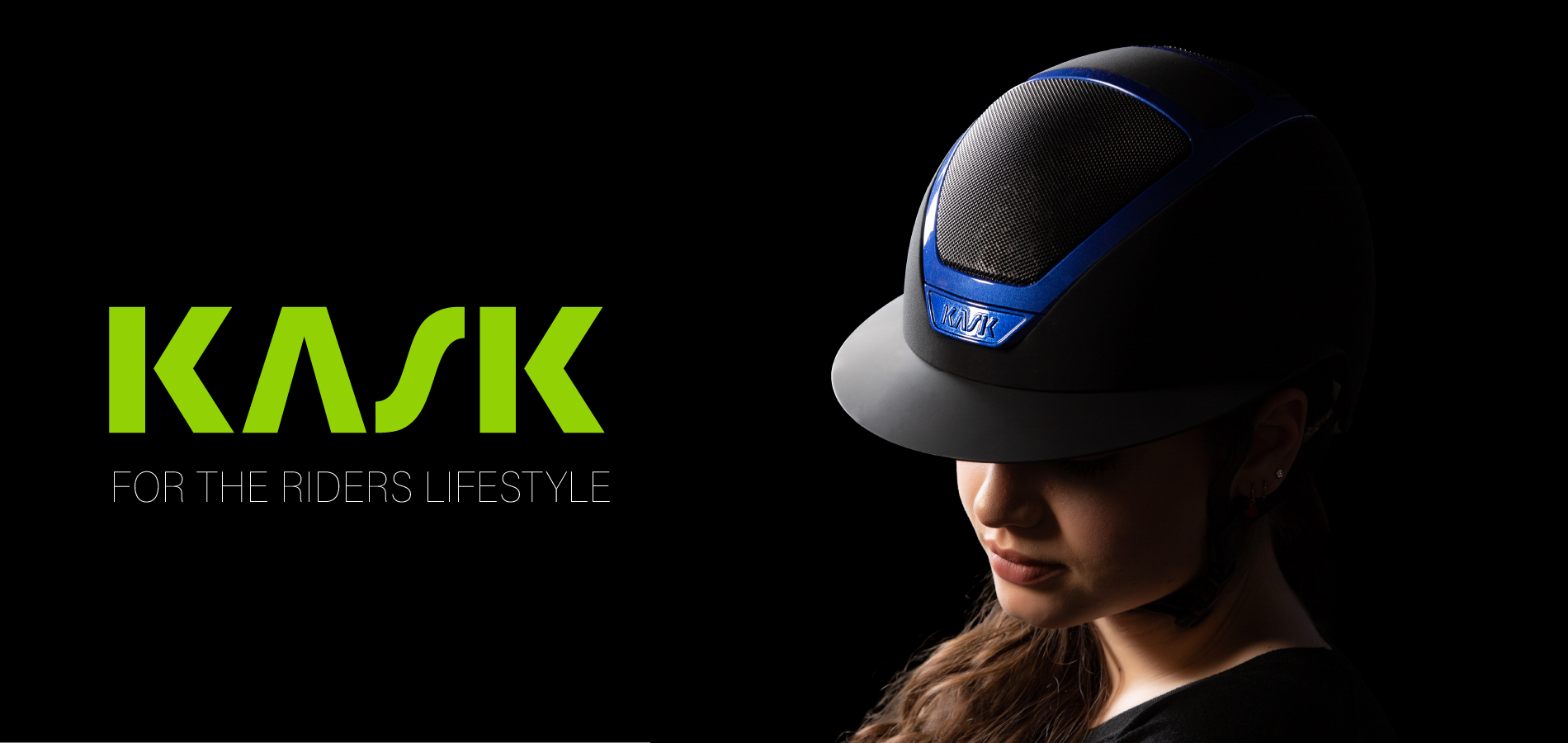Choosing the right bit isn’t just a matter of tradition or trend. It’s about communication, comfort, and purpose. A well-fitted bit that suits the horse’s conformation and stage of training can make all the difference in responsiveness and confidence.
Too much bit, too little bit, or an ill-fitting one can lead to resistance, evasion, or even injury. Whether you’re schooling, hacking, or competing, the goal should always be clear, kind communication through an aid your horse understands and accepts.
A note on fit
A correctly fitted bit should sit comfortably in the corners of the mouth without causing excessive wrinkling or pinching. It should rest on the bars, the toothless gap between the incisors and molars, without pressing against the palate or crowding the tongue.
Every horse’s mouth is different, and factors like tongue thickness, palate shape, and even lip sensitivity play a role. That’s why working with a qualified bit fitter is so important. They can assess your horse’s conformation and help you find a bit that fits properly, functions effectively, and promotes harmony in the rein.
Critically, there are different bits for different disciplines too. So be sure your bit is legal!
Loose Ring Elliptical
A popular training bit, the loose ring allows for gentle movement, encouraging relaxation and mouthing. The elliptical link offers more even tongue pressure than a single-jointed snaffle, making it a good middle ground for horses that need clarity without harshness.
Pelham
Combining the leverage of a curb with the direct action of a snaffle, the Pelham is often used in showing or for stronger horses. It requires double reins for nuanced control and isn’t recommended for novice riders or horses without prior exposure.
Kimblewick
A compromise between a snaffle and a curb, the Kimblewick has mild leverage and is ideal for horses that need a little more control without the full action of a Pelham or gag. Its fixed cheeks also add some stability.
Snaffle
The go-to for basic schooling, snaffles come in many variations. They act directly on the mouth with no leverage, making them suitable for young or sensitive horses and ideal for encouraging acceptance and steady contact.
Waterford
Recognisable by its chain-like mouthpiece, the Waterford discourages leaning and gives the rider a more flexible feel. Best suited for horses that pull or set against the contact.
Portuguese Gag
Also known as an elevator bit, this is used for strong horses that need more vertical control. It acts with poll pressure and lift, making it a competition choice rather than an everyday schooling bit.
Hackamore
A bitless option that works on the nose and chin, the hackamore is a useful alternative for horses with mouth issues or those who are bit-averse. However, it still has leverage, so it must be used with care and understanding.
Happy Tongue
Designed for horses with sensitive or busy mouths, the Happy Tongue has a port that relieves tongue pressure. It’s ideal for horses who resent tongue contact or fidget with traditional bits.
Happy Mouth
Made from soft plastic or rubber with an apple-flavoured coating, the Happy Mouth bit is designed for comfort. It’s good for young horses or those being introduced to the bit, though it may not suit horses with strong chewing habits.
Gag
Gags offer varying degrees of lift and control depending on the rein position and cheekpiece design. They’re typically used in fast-paced disciplines like polo or eventing where brakes are essential, but they demand experienced hands.
By Charlene Carroll

















